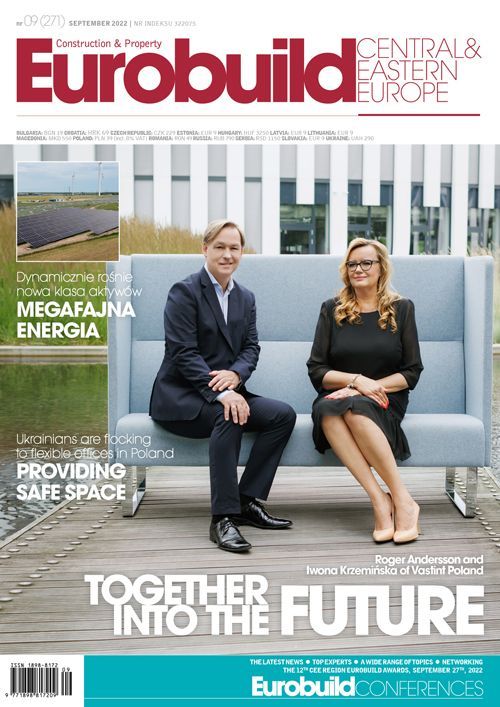Before the European Green Deal was approved, issues related to ESG (environment, social responsibility and corporate governance) were largely a marketing activity, motivated by the desire to achieve a competitive advantage and meet the expectations of investors. However, ESG is now becoming a matter of compliance, especially when it comes to the latest regulations. EU legislation on ESG is continually evolving – in particular, work is underway on the adoption of a directive that will increase sustainable development reporting requirements.
EU and national regulations on ESG are certainly set to have an impact on the real estate market. The objectives of the European Green Deal can be implemented in different ways at each stage of the real estate life-cycle: the preparation of the investment, the construction stage and (the longest of these phases) the use of the property. Green lease agreements can play a role in the transformation of the sector as a way of achieving environment































































